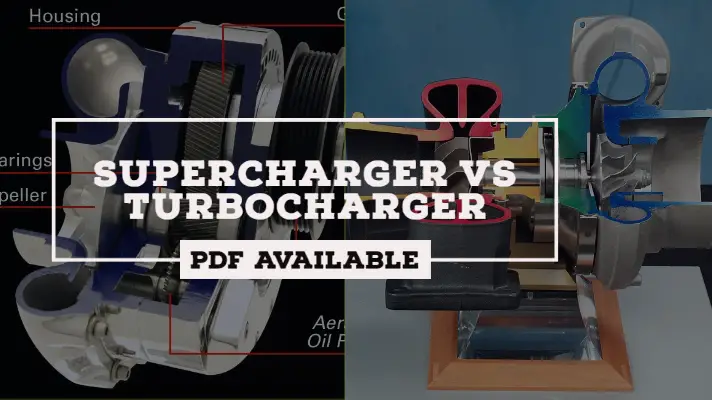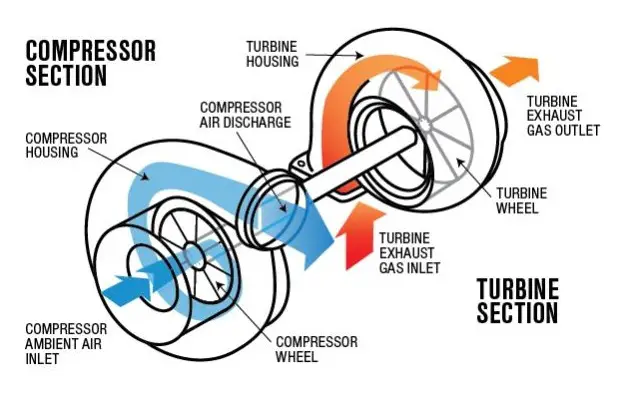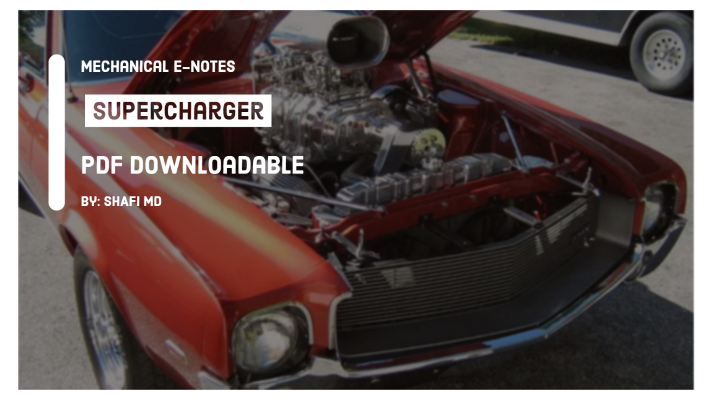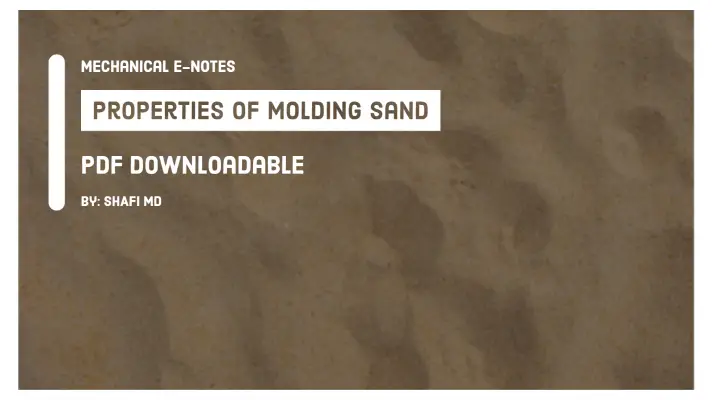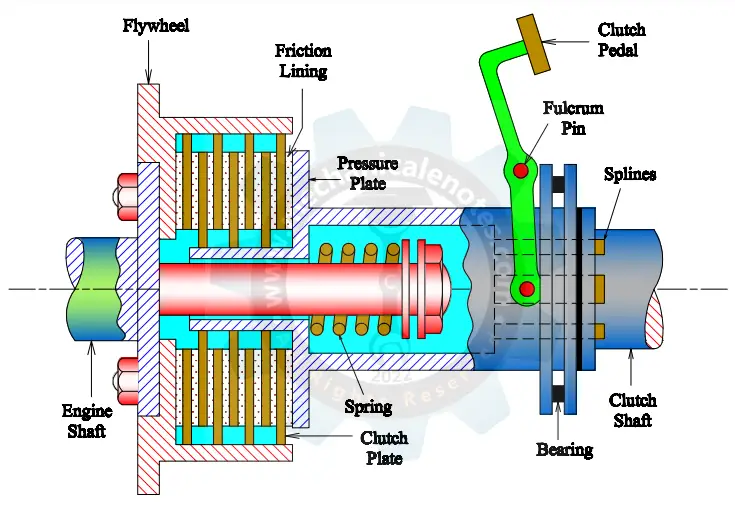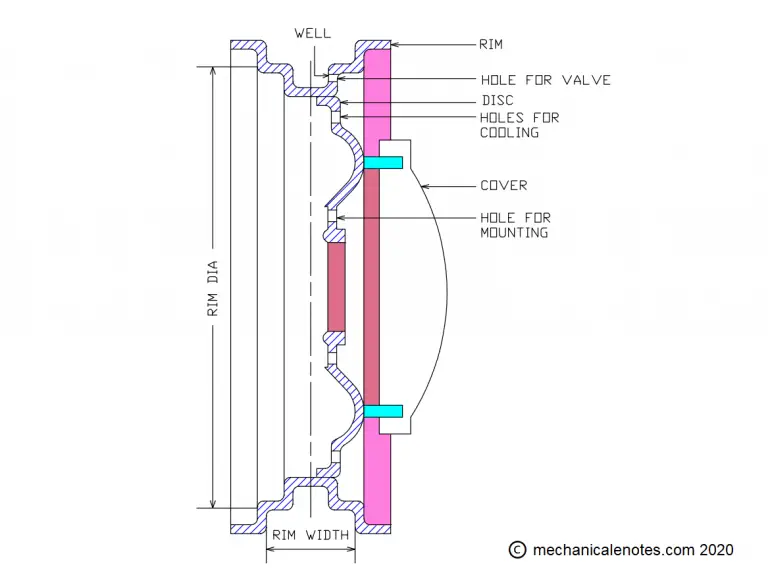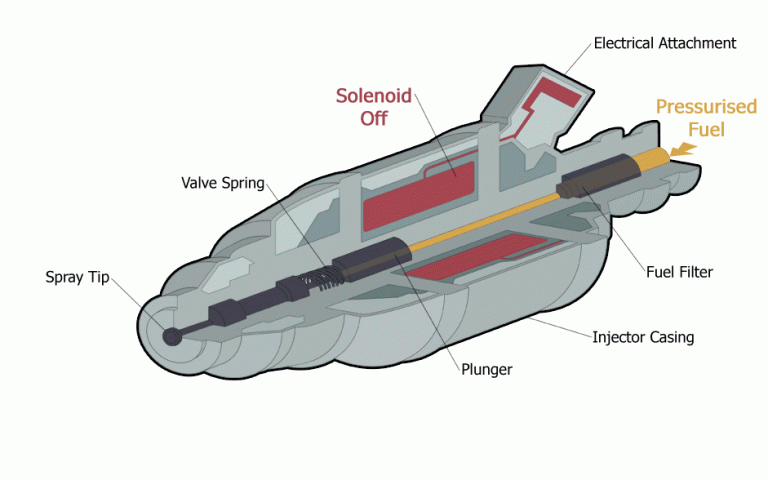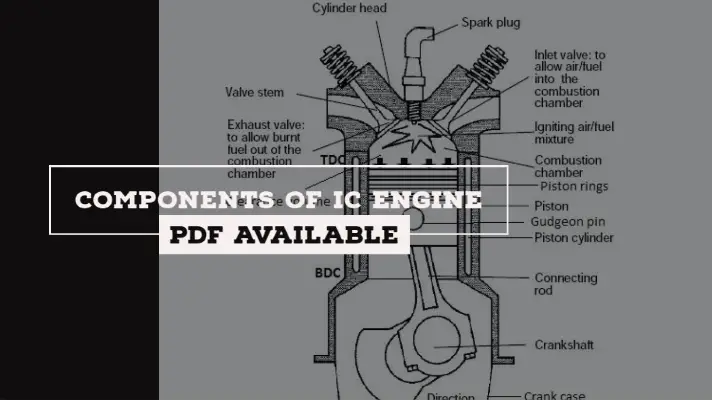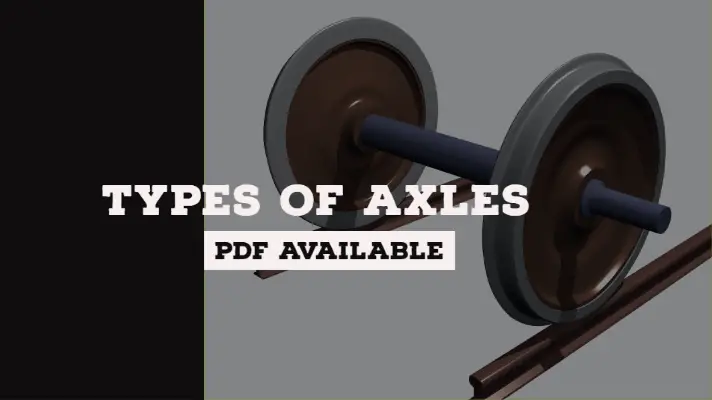Differential: Functions, Parts, Woking, Advantages, Disadvantages, and Applications [PDF]
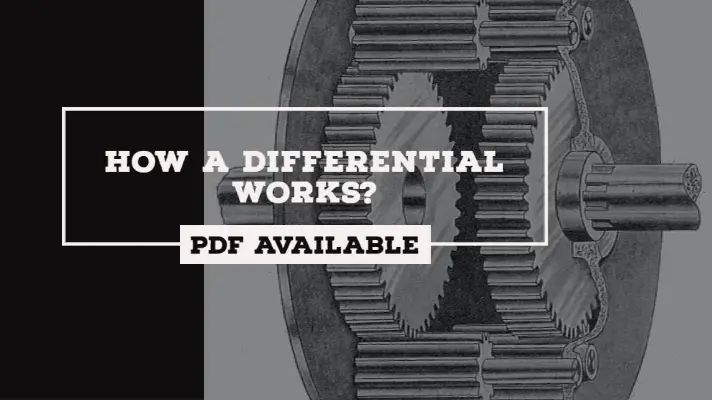
The differential is an integral part of all the four-wheelers. The wheels receive power from the engine via a drive shaft or a propeller shaft.
In the last session , we had discussed about Classification of Chasis, Ignition Systems and Electrical fuel Pumps. Whereas in Todays session, we will discuss on How Differential Works?
Functions of Differential:
The main function of the differential is to allow the rear wheels to turn at a different speed(RPM) while receiving power from the engine.The other functions are
Speed reduction:
Inspite of large amount of power delivered from the transmission system,the differential reduces the speed w.r.t. its movement in the right or left direction.
Turn the Power Flow by 90 Degrees:
The other function of the differential is to turn the power flow from the transmission system by 90° towards the right and left side axles.
Components of Differential:
The components of Differential are as follows:
- Ring Gear or Crown Wheel
- Planet Pinion
- Drive Shaft
- Bevel Pinion
- Half Shafts
- Sun Gears – 2 No’s
- Ring Cage
- Cross Pin
Let me give you the overview of these in detail.
Ring Gear or Crown Wheel:
Ring Gear will transmit the power to the Planet Pinions, Sun Gears and finally to the half shafts so that power will be used to drive the wheels.
Planet Pinion:
Two Planet Pinions or Sometimes Four Planet Pinions are placed opposite to each other and are meshed with the sun gears to transmit the power to the rear wheels via half shafts.
Drive Shaft:
The power from the Gearbox is transmitted to the propeller shaft or Drive shaft and thereby it will send to Bevel pinion.
Bevel Pinion:
The function of Bevel Pinion is to transmit the power from the Propeller shaft to drive the Ring Gear.
Half Shafts:
There is not a single shaft which is connecting two rear wheels, but two Half shafts are used to connect two rear wheels in the automobile and the Crown wheel is free to rotate on the half shaft. These axle half shafts are splined to each of the sun gears.
Sun Gears:
Two Sun gears are employed for the working of Differential which are opposite to each other and these sun gears are connected to the half shafts to drive the power.
Ring Cage:
The Ring cage is attached to the crown wheel which carries a cross pin (if two Planet Pinions are employed) or a Spider (if Four Planet Pinions are employed) in the differential.
Cross Pin:
The Cross pin is used to connect two planet pinions opposite to each other so that they can be in proper mesh with the Sun Gears and the Torque will be divided equally on to the rear wheels.
How Does a Differential Works?
To understand the principle of Differential, consider the simplest differential called Open Differential whose figure is shown below.
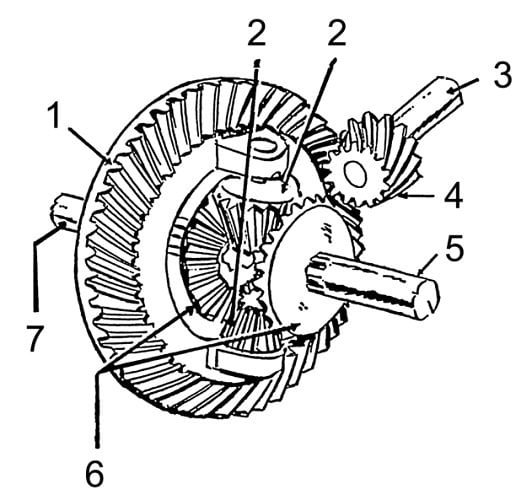
2.Planet Pinions
3.Drive Shaft
4.Bevel pinion
5.Axle or Half shaft
6.Sun gears
7.Axle
As it looks massive in structure, it is difficult to understand.Therefore a simplified diagram of the Differential was shown below to understand the working procedure easily.
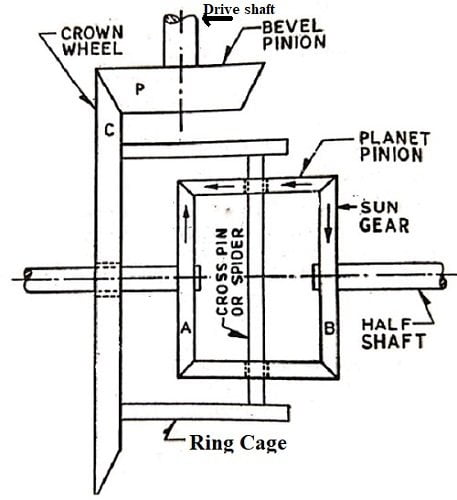
The working Principle of Differential can be understood by the following 3 cases.
- Case 1: Vehicle is moving in STRAIGHT Direction.
- Case 2: Vehicle is Taking the RIGHT TURN
- Case 3: Vehicle is Taking the LEFT TURN
Let’s discuss all these cases in detailed…
Case 1: Vehicle is moving in Straight Direction.
Condition: N left= N right
When the Vehicle is moving in Straight direction, then the speed of Rear wheels is same, in the sense both will rotate at the same speed.
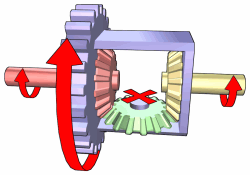
In this case, the Sun gears, Planet Pinions and the Ring Cage will act as a single unit and the two half shafts will revolve at the same speed.
In this situation, when all the parts of the differential act as a single unit, there is no relative motion among them and that’s the reason all the rear wheels move with the same speed.
i.e. N left = N right
Case 2: Vehicle is Taking the Right Turn
Condition: N left > N right
When the Vehicle is taking the Right Turn, then the distance travelled by the Left wheel is greater than the distance travelled by the Right wheel and the speed (rpm) of Left wheel is greater than the speed (rpm) of Right wheel.
To understand the concept behind the vehicle is taking the Right turn, assume that the Ring Cage is stationary.
Then the turning of one Sun gear will cause the other Sun gear to rotate in the Opposite direction. Which means, if left Sun gear rotates ‘n’ times in a particular period of time then the right Sun gear will also rotate ‘n’ times in the same period but, of course, in the opposite direction.
When the vehicle is taking a turn, this rotation is superimposed on the normal wheel speed.
Thus consider a vehicle moving in a straight direction with a speed ‘N’ rpm and when it takes a turn towards Right, at this time there will be a resistance offered to the motion of the right wheel and as a result of differential action, the right wheels rotate back at ‘n’ rpm and the left wheel rotate forward at ‘n’ rpm.
This will give the Resultant speed of the Right wheels as (N-n) and the Left wheels as (N+n).
Due to this, the Torque from the final drive is divided between two half shafts and the Planet pinions are connected by means of Cross pin which are free to rotate about it does not change the torque among the wheels.
Therefore, they (planet pinion) act as a balance and divide the Torque equally between the two wheels on the axle, even when their speeds are different.
In this way, the torque is transmitted, when the vehicle is taking the turns.
Case 3: Vehicle is Taking the Left Turn
Condition: N right > N left
You can understand the same concept from above explanation, when the Vehicle is taking the Left turn.
Advantages of Differential:
These are some advantages of using Differential:
- Inspite of large amount of power delivered from the transmission system,the differential reduces the speed w.r.t. its movement in the right or left direction.
- It turns the flow of power by 90 degrees.
Disadvantages of Differential:
Also there are some disadvantages of differential and those are:
consider one side of the rear wheel is under the surface with a good traction and the other wheel is on a slippery track.
In this case, the standard differential sends the majority of the power to the slippery wheel and due to this,the vehicle won’t be able to move from its position and in order to overcome this, limited slip differential are introduced.
This is a detailed article of How Differential Works? If you have any doubts, feel free to ask from the comments section.
More Resources
Cone Clutch
Electromagnetic Clutch
References [External Links]
Media Credits:
- Image 1: By Pearson Scott Foresman - Archives of Pearson Scott Foresman, donated to the Wikimedia FoundationThis file has been extracted from another file: PSF D-250004.png, Public Domain, https://commons.wikimedia.org/w/index.php?curid=5553375
- Image 2: By Wapcaplet - en:Image:Differential_free.png. This image was originally uploaded on en.wikipedia.org by user: Wapcaplet., CC BY-SA 3.0, https://commons.wikimedia.org/w/index.php?curid=187494


